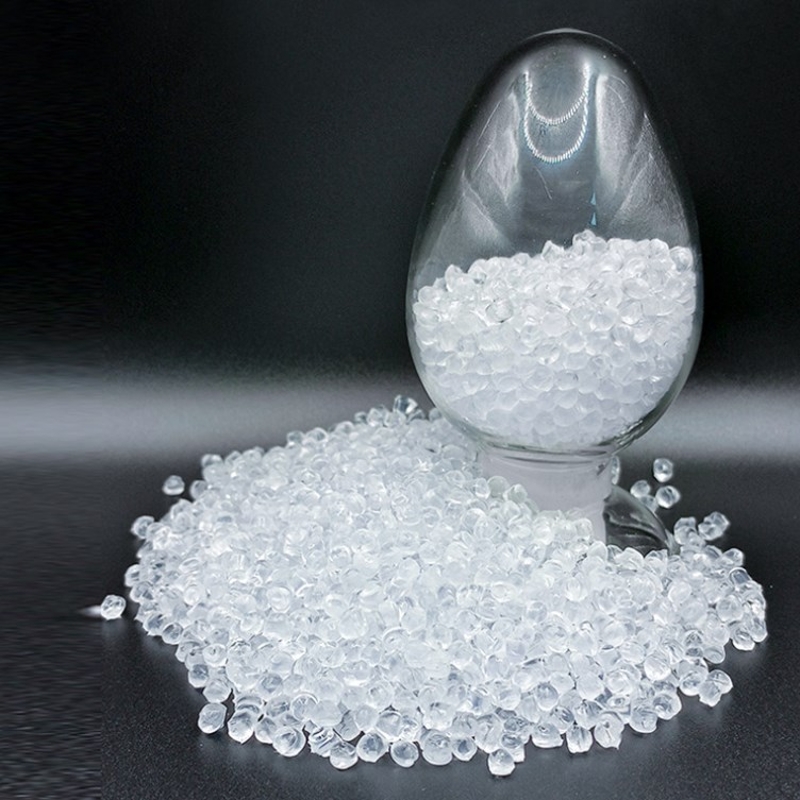-
Categories
-
Pharmaceutical Intermediates
-
Active Pharmaceutical Ingredients
-
Food Additives
- Industrial Coatings
- Agrochemicals
- Dyes and Pigments
- Surfactant
- Flavors and Fragrances
- Chemical Reagents
- Catalyst and Auxiliary
- Natural Products
- Inorganic Chemistry
-
Organic Chemistry
-
Biochemical Engineering
- Analytical Chemistry
-
Cosmetic Ingredient
- Water Treatment Chemical
-
Pharmaceutical Intermediates
Promotion
ECHEMI Mall
Wholesale
Weekly Price
Exhibition
News
-
Trade Service
Pteroic acid, also known as 2,4-dihydroxy-6,6-dimethyl-3-oxo-1,2,4-trioxane, is a organic compound that is found in small amounts in some plants and is also synthesized commercially for use in various industrial applications.
Pteroic acid is used as an intermediate in the production of various chemicals such as dyes, pharmaceuticals, and perfumes.
It is also used in the manufacture of polymers, plastics, and other synthetic materials.
There are several synthetic routes to pteroic acid that are commonly used in the chemical industry.
The most common method of synthesizing pteroic acid is through the Strecker amino acid synthesis, which involves the condensation of formaldehyde and glyoxal in the presence of an amino acid, such as alanine.
Another method of synthesizing pteroic acid is through the Koch-Liebermann reaction, which involves the condensation of p-toluenesulfonyl chloride and glyoxal in the presence of an amino acid, such as lysine.
Yet another method of synthesizing pteroic acid is through the condensation of 2,4-diaminophenoxyacetate and malonic acid in the presence of an acid catalyst, such as sulfuric acid.
This method is known as the Sharpless epoxy strategy.
In addition to the above-mentioned methods, pteroic acid can also be synthesized through the hydrolysis of p-hydroxybenzaldehyde, the condensation of glyoxal and formaldehyde in the presence of a base, such as sodium hydroxide, and the condensation of glyoxal and an amino acid, such as alanine, in the presence of an acid catalyst, such as sulfuric acid.
The selection of a particular synthetic route will depend on various factors, such as the desired yield, cost, and purity of the final product, as well as the availability and cost of the starting materials.
Some of the synthetic routes may require further purification steps to remove impurities and increase the purity of the final product, while others may not.
In conclusion, pteroic acid is an important intermediate in the chemical industry that is used in the production of various chemicals, pharmaceuticals, and other synthetic materials.
There are several synthetic routes to pteroic acid that can be used depending on the desired yield, cost, and purity of the final product.
These routes include the Strecker amino acid synthesis, the Koch-Liebermann reaction, the condensation of 2,4-diaminophenoxyacetate and malonic acid, and the hydrolysis of p-hydroxybenzaldehyde.







